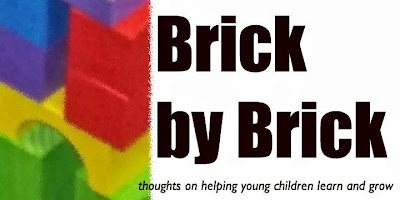Chapter 6: Teaching Girls They're More Than a Pretty Face
Chapter 7: Doing Away with "Baby Stuff"
These two chapters made me immediately think of needs. Are we giving kids what they need? Are we doing things that meet our own needs or the needs of the school instead of the needs of the kids?
Rae Pica discusses how adults comment more often on a girl's appearance when meeting. They will say that the girl looks cute/pretty/nicely dressed. So girls begin to internalize that appearance is what matters, that how they look determines who they are. All around us the culture also conveys the importance of how you look, especially to girls. As adults we need to talk with girls about their interests or activities. We should comment on other aspects of her life rather than appearance.
Rae also discusses the "baby stuff" that many education leaders have decided is unessential - nap time. Presumably, dropping nap time allows for more academic time. But kids who are tired have higher behavior problems or have lower abilities to learn or perform. As Rae Pica writes: "We talk so much about preparing kids for school but give very little thought to preparing schools for kids." As teachers, we may not be able to instigate a time for naps, but we can remember that our young learners will get tired and plan activities accordingly. Schedule high performance times earlier and more relaxing activities later in the day.
Overall, we need to think about the kids and their needs. Girls need to feel valued and connected. All young kids need rest and downtime. How we think about and plan for those needs makes all the difference. Too often adults tend to think about their own needs or comfort zones. It may be difficult to suppress a tendency to comment on a girl's appearance. It may be challenging to slow down to engage tired learners. But we should look for ways to focus on what's best for kids, to prepare the learning environment for kids rather than just focus on preparing kids for the learning experience.


